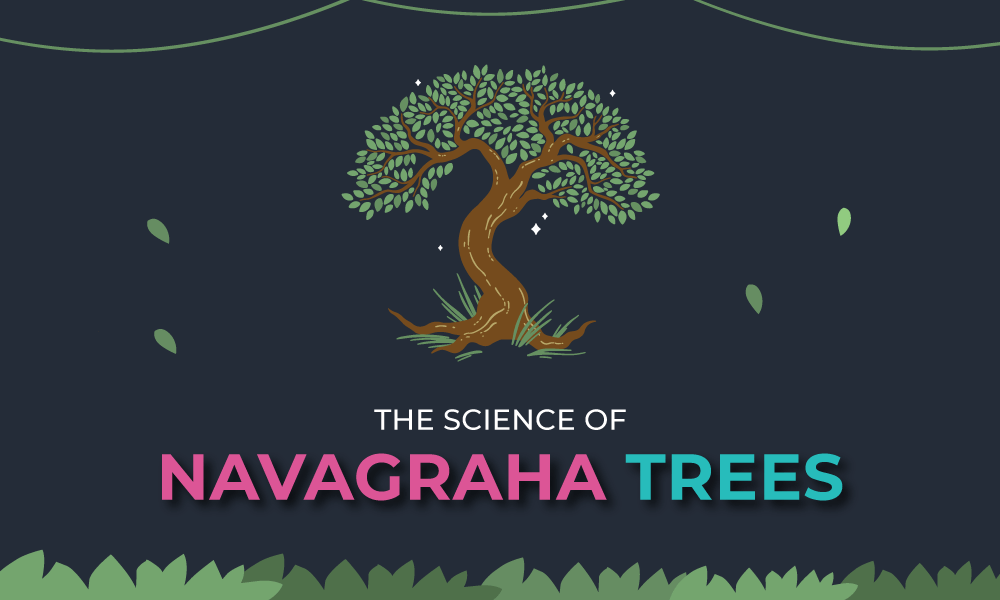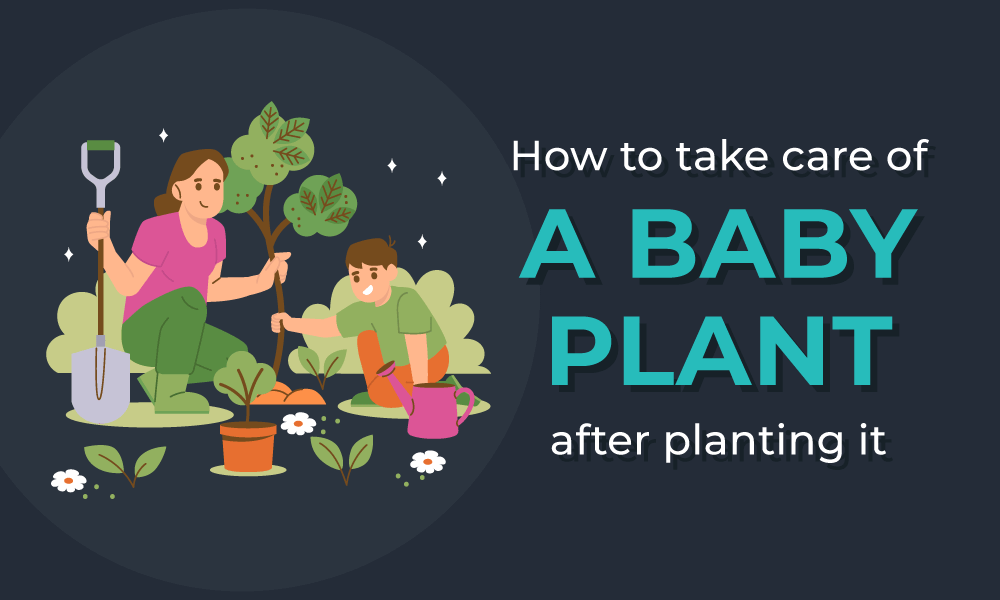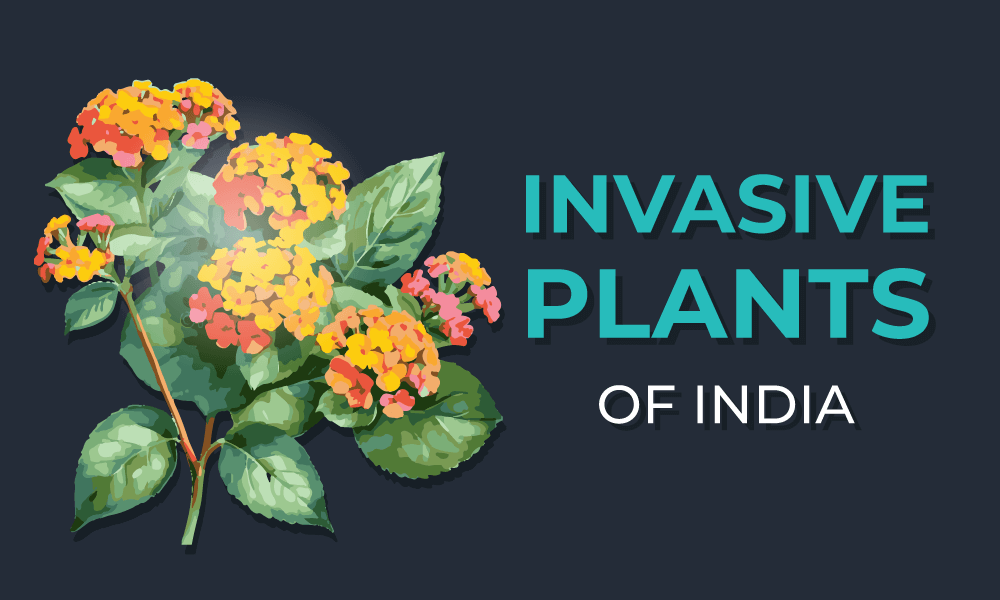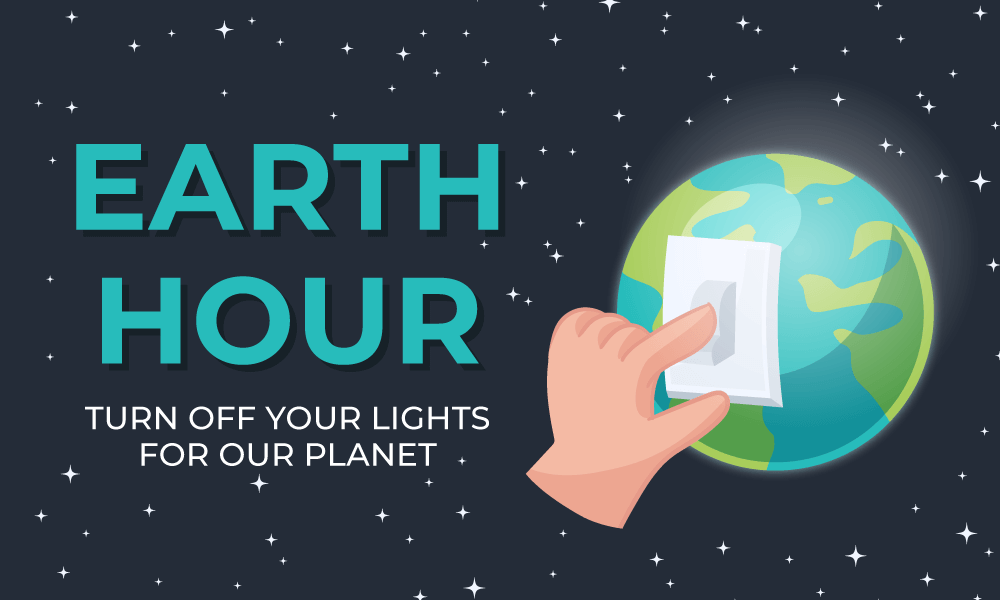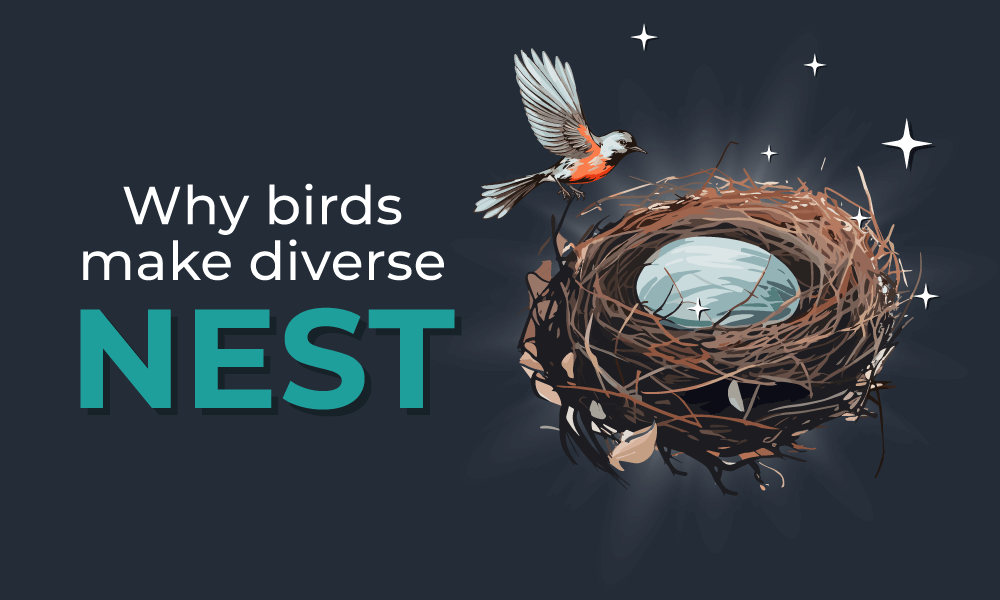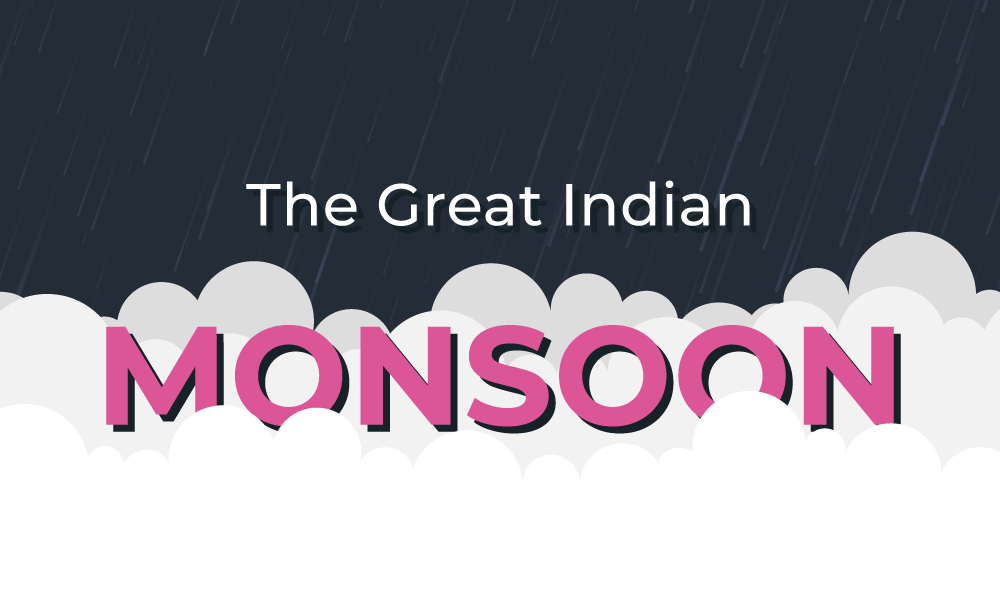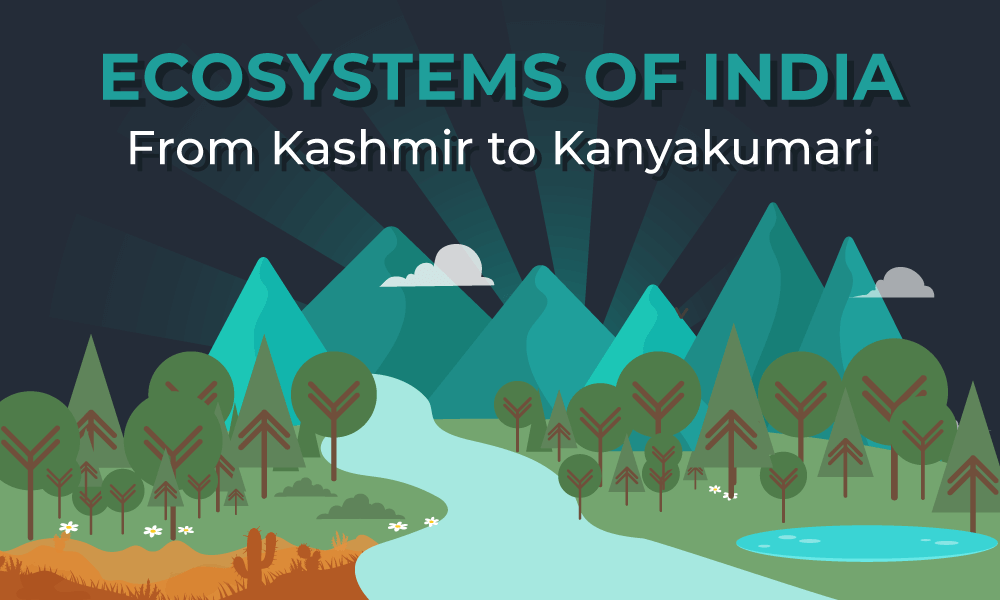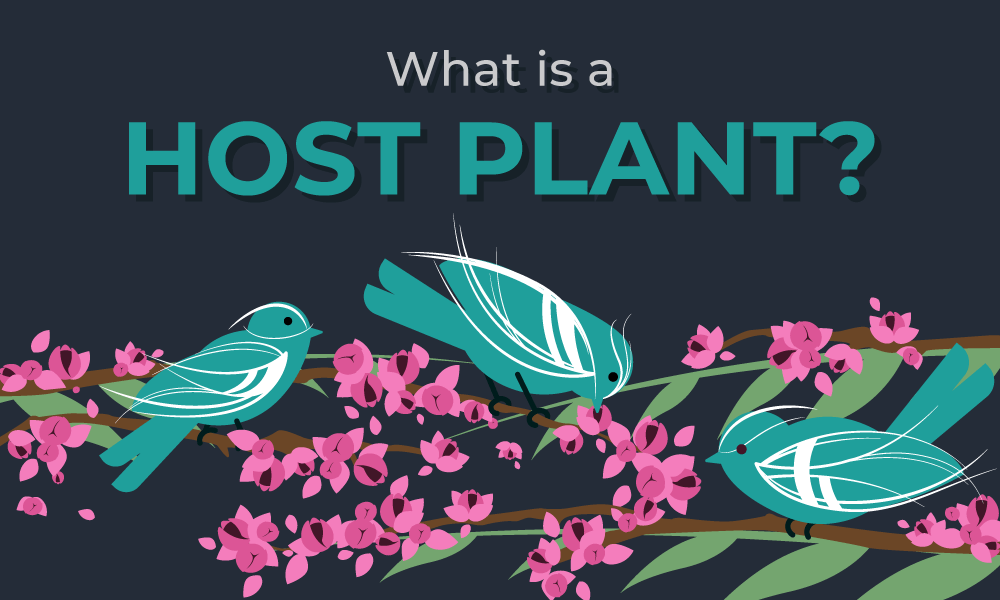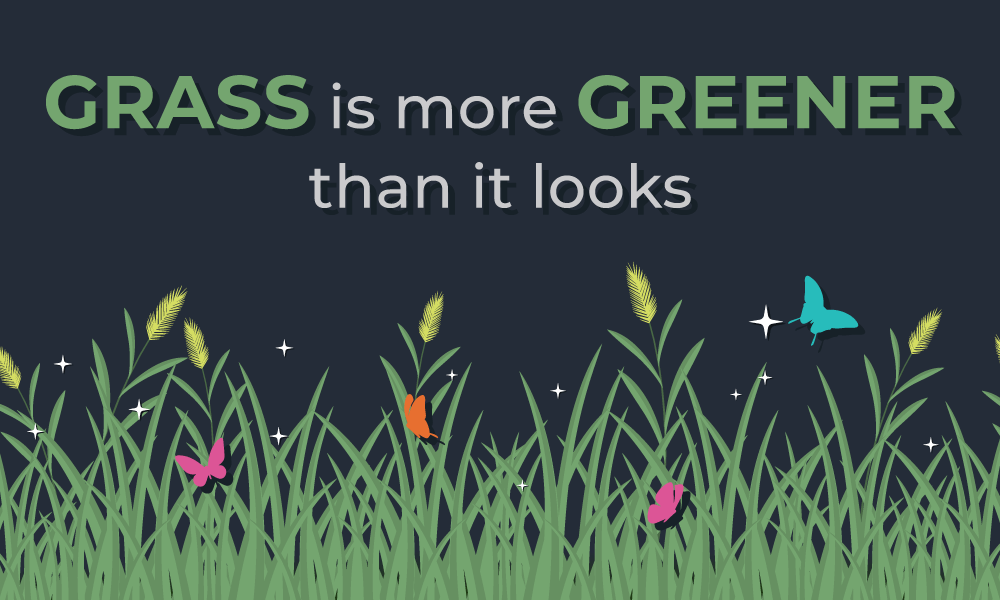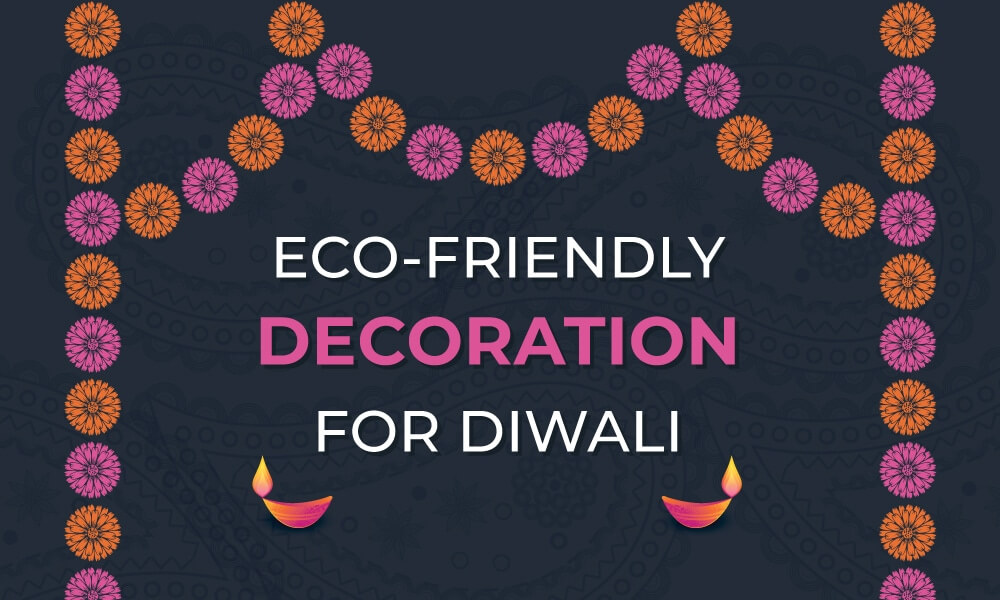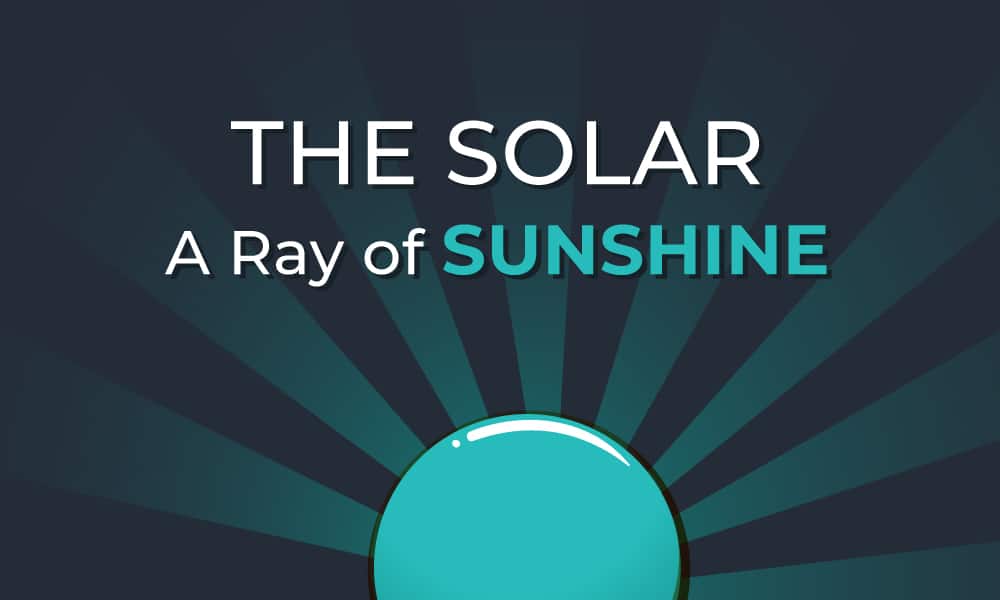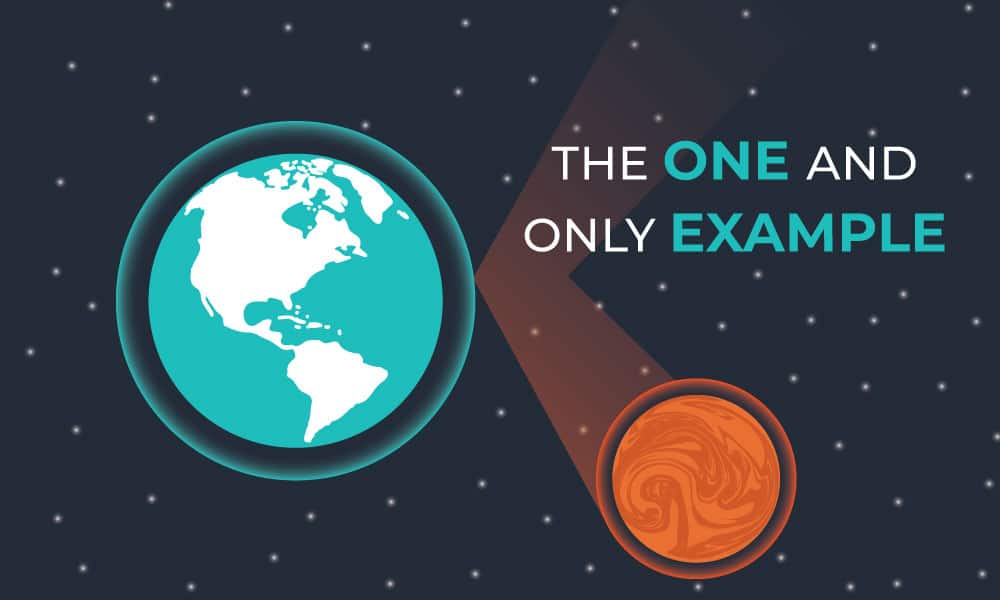When we think about pollution, our minds often jump to air or water contamination, but there is another, less talked-about form of pollution that affects both humans and wildlife—light pollution. As cities expand and artificial lighting becomes more widespread, the beauty of the night sky is fading, and the consequences are more significant than we might realize.

What is Light Pollution?
Light pollution refers to the excessive, misdirected, or intrusive use of artificial light. It primarily occurs in urban areas where streetlights, billboards, residential lighting, and commercial buildings illuminate the night far beyond necessity. This artificial glow obscures the stars, disrupts ecosystems, and affects human health in unexpected ways.
Types of Light Pollution
Light pollution is not just a single phenomenon; it comes in different forms:
- Skyglow – The brightening of the night sky over populated areas due to excessive artificial light. This makes it difficult to see stars and celestial bodies.
- Glare – Excessive brightness that causes visual discomfort, often from poorly designed streetlights and vehicle headlights.
- Light Trespass – When unwanted artificial light spills into areas where it is not needed, such as streetlights illuminating bedroom windows.
- Clutter – Bright, excessive, and confusing groupings of lights, such as neon signs or highly illuminated advertisements.
The Impact of Light Pollution

1. Disrupting the Natural World
Many animals rely on natural light cues for survival. Birds, for example, navigate using the stars, and artificial light can confuse them, leading to fatal collisions with buildings. Nocturnal creatures, such as bats and insects, struggle to function in areas where night never truly falls. Even sea turtles have been found disoriented by artificial lighting, preventing them from safely reaching the ocean after hatching.

2. Affecting Human Health
The human body operates on a natural circadian rhythm, which regulates sleep patterns and overall health. Overexposure to artificial light, especially blue light from screens and LED lighting, can suppress melatonin production, leading to sleep disorders, increased stress, and higher risks of conditions such as obesity and heart disease.

3. Losing Our Connection to the Night Sky
For centuries, the night sky has been a source of wonder, inspiration, and scientific discovery. However, in many urban areas, it has become nearly impossible to see the Milky Way or even a handful of stars. This disconnection from nature has cultural and educational implications, as fewer people are able to appreciate astronomy and the importance of the cosmos.
How Can We Reduce Light Pollution?
Fortunately, light pollution is one of the easiest environmental issues to address. Some solutions include:

- Using Shielded Lighting: Properly designed lights that direct illumination downward rather than outward help reduce unnecessary brightness.
- Switching to Warmer Lights: Reducing blue light emissions by using warmer-toned LED bulbs can lessen the impact on human health and wildlife.
- Turning Off Unnecessary Lights: Encouraging businesses and homes to turn off non-essential lighting at night helps minimize light pollution.
- Supporting Dark Sky Initiatives: Many organizations advocate for preserving dark sky areas, ensuring that future generations can still experience the beauty of a starry night.
Light pollution is an often overlooked problem, but its effects are far-reaching. From disrupting ecosystems to impacting human well-being and obscuring the night sky, artificial lighting has changed our world in ways we may not have anticipated. By making conscious choices in how we use and control light, we can take small yet significant steps toward restoring the natural darkness of our nights. After all, the stars above us are meant to be seen—not hidden behind a curtain of artificial brightness.

































